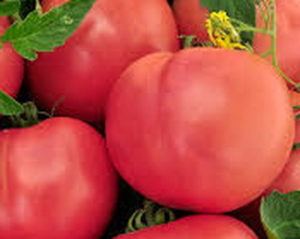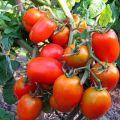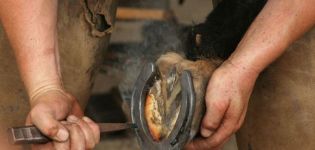Characteristics and description of the tomato variety Tatyana
The assortment of tomatoes is constantly updated with new products. In 2000, the tomato Tatiana was entered into the State Register of Seeds: the characteristics and description of this variety differ from the hybrid tomato Tanya F1. The Tatiana variety is not a hybrid. Unlike Tanya F1, it was bred not in Holland, but in Russia. Tatiana is an unpretentious and fruitful tomato for widespread cultivation in the open field.
Characteristics of the variety
Tatiana is a tomato with many valuable qualities.
Fruit
The timing of the onset of fruiting is early or mid-early (depending on the region, weather conditions and agricultural technology). Tomatoes begin to blush 90 - 110 days after the start of the growing season. To speed up ripening, early pinching is used soon after planting in the ground.
The brushes of the Tatiana variety come out very early - after 6 or 7 real leaves have grown. Ovaries are often located - with an interval of 1 or 2 leaves. The stalks bear an average of 5 - 7 fruits.
The size of Tatyana's first tomatoes is very solid for such an early soil variety - 250 grams. The average weight for all collections is 110 grams. The minimum weight of grown fruits is 100 grams, there are practically no too small ones. The shape of tomatoes is round-flat, sometimes with small ribs. No curvature of the ovaries is observed.
The skin color at the initial ripeness stage is scarlet, with a green spot in the upper part of the fruit. The greenery disappears with full ripening: Tatyana tomatoes acquire a rich bright red hue, an appetizing presentation. They look very attractive.
The fruits of the tomato Tanya F1, similar in sound, have a more pink color. The density of the skin is medium. Cracking resistance - good.
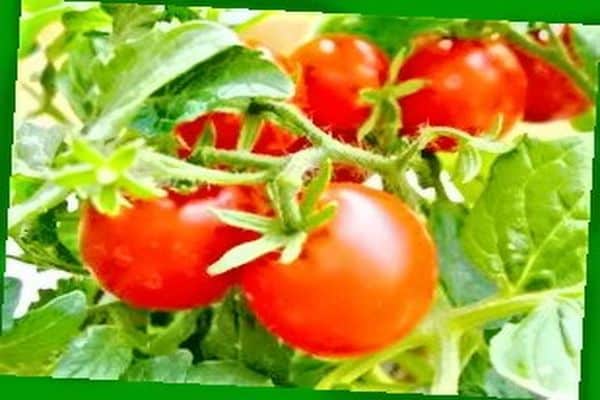
The pulp has excellent taste. In rare cases, early maturing varieties have this density and a high percentage of dry matter. The fruits are suitable not only for fresh consumption, but also for whole canning. The size of tomatoes is convenient for placing in jars (100 - 120 grams).
The minimum yield of Tatyana tomato is 5 kg per square meter. This is an excellent indicator for early ground tomatoes. Those who planted this variety, notes that with careful care, harvests from a similar area can be doubled. Reviews of gardeners indicate that most of the tomatoes are capable of ripening on the vine.
Bushes
The height of the plants is about half a meter. Garter required. The type of bush is determinant. Tatyana is a tomato that completes its growth on its own after the formation of several brushes. There is no need to pinch the growing point at the end of the season - this saves the gardener time and effort.
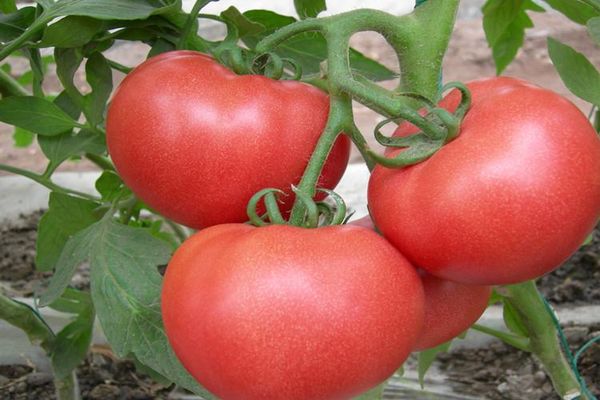
The stem is standard, that is, plump, erect, strong. The plants look strong and robust. Lateral shoots - numerous, bushes strongly branch. For an early variety, this is even good - the yield is solid due to the growth of fruits on the stepsons. Tatiana tomatoes can be grown without pinching at all.
If you want to get earlier and larger tomatoes, you need to remove the stepsons in the axils below the first ovary. The upper branches that grow with a cap do not need to be removed.
The leaves are medium in size, densely located on the bush. The powerful leaf apparatus remains healthy throughout the season. Only the lower leaves that touch the ground are cut off.
Endurance indicators
Tomato variety Tatiana is genetically resistant to various vagaries of bad weather. The tomato is specially adapted for open ground in Central Russia, the North-West District, the Urals, Siberia, the Far East. Fruits are successfully set and filled even with contrasting temperature changes, cold snaps, and in hot weather. Tomatoes ripen on the vine in a cloudy, cool summer.
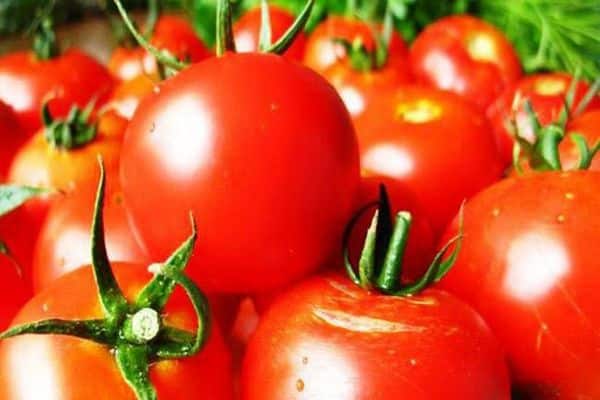
The variety shows good resistance to such a harmful fungal infection as late blight. Varieties that are absolutely resistant to this disease have not yet been created. But Tatiana partly "escapes" from infection due to early maturity, "overtaking" pathogens in terms of development. In addition, the bushes are powerful, and the fruits are dense - they successfully resist the introduction of microscopic fungi.
Of course, simple varieties are more susceptible to various diseases than F1 hybrids, but Tatyana looks worthy even against their background.
Opinions of vegetable growers about the variety
Gardeners have already tried Tatyana tomatoes on their plots all over the country. Many have fallen in love with this variety and are now planting it every year. Reviews of summer residents about the tomato Tatyana note its unpretentiousness and early maturity, the high qualities of rather large fruits.

N. Bezmennikova (Ryazan region): “I grow tomatoes only in street beds. In May, I plant them under spunbond arcs, in June I remove the shelter. I tested dozens of varieties, refused many of them, but I have not changed Tatiana's variety for ten years. I appreciate it for its unpretentiousness and annual good harvest. More than half of them blush on the bushes, the rest of the tomatoes ripen perfectly at home. "
Elizaveta Potekhina (Sverdlovsk): “Our family has no time to deal with tall tomatoes. On the site we are raids, so we grow varieties for "lazy" summer residents. We sow Tatiana tomatoes for seedlings not too early - in early April. We plant directly into the ground. Bushes bloom quickly. We will not stepchild them. The tomatoes are not too big, but there are a lot of them. "
AV Kostenko (Pskov region): “They gave me tomato seeds Tatiana, because my granddaughter is called by that name. The variety turned out to be successful and remained in my collection. He sits with me all summer in a garden bed under arches with a covering material. The bushes are not too tall, but spreading. I don't place more than four pieces on one square meter. Both I and my granddaughter are happy with the harvest. We eat ripe tomatoes straight from the bush. "
The advantage of Tatiana tomato is also that the variety is not an F1 hybrid. From it you can get your seeds and not spend money annually on their purchase. The best tomatoes from the second bunch of the most productive bushes are left for seeds.
